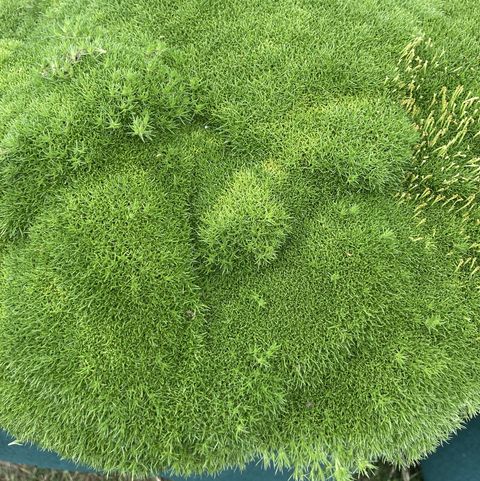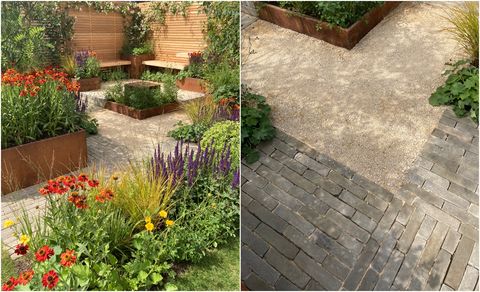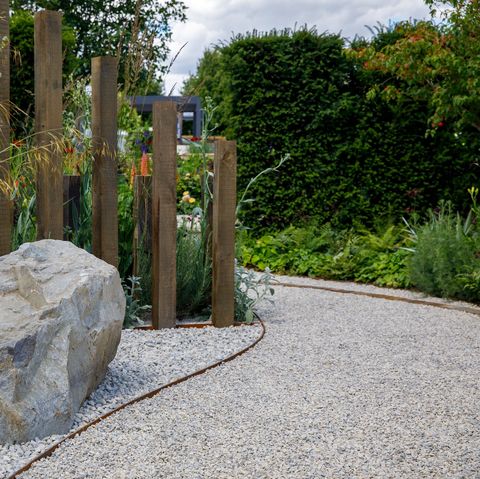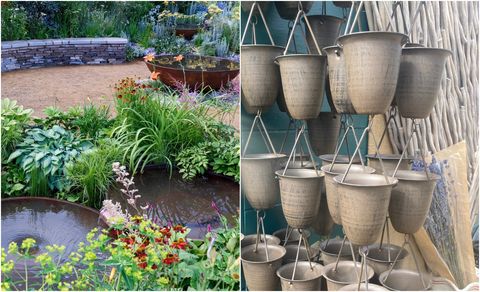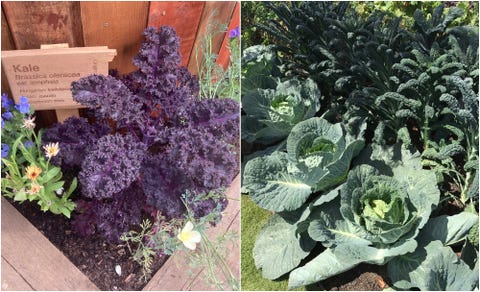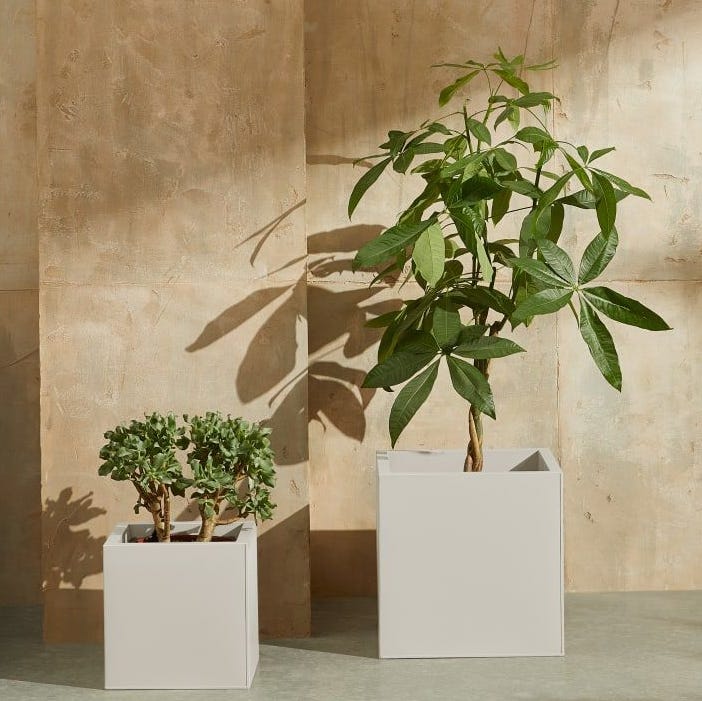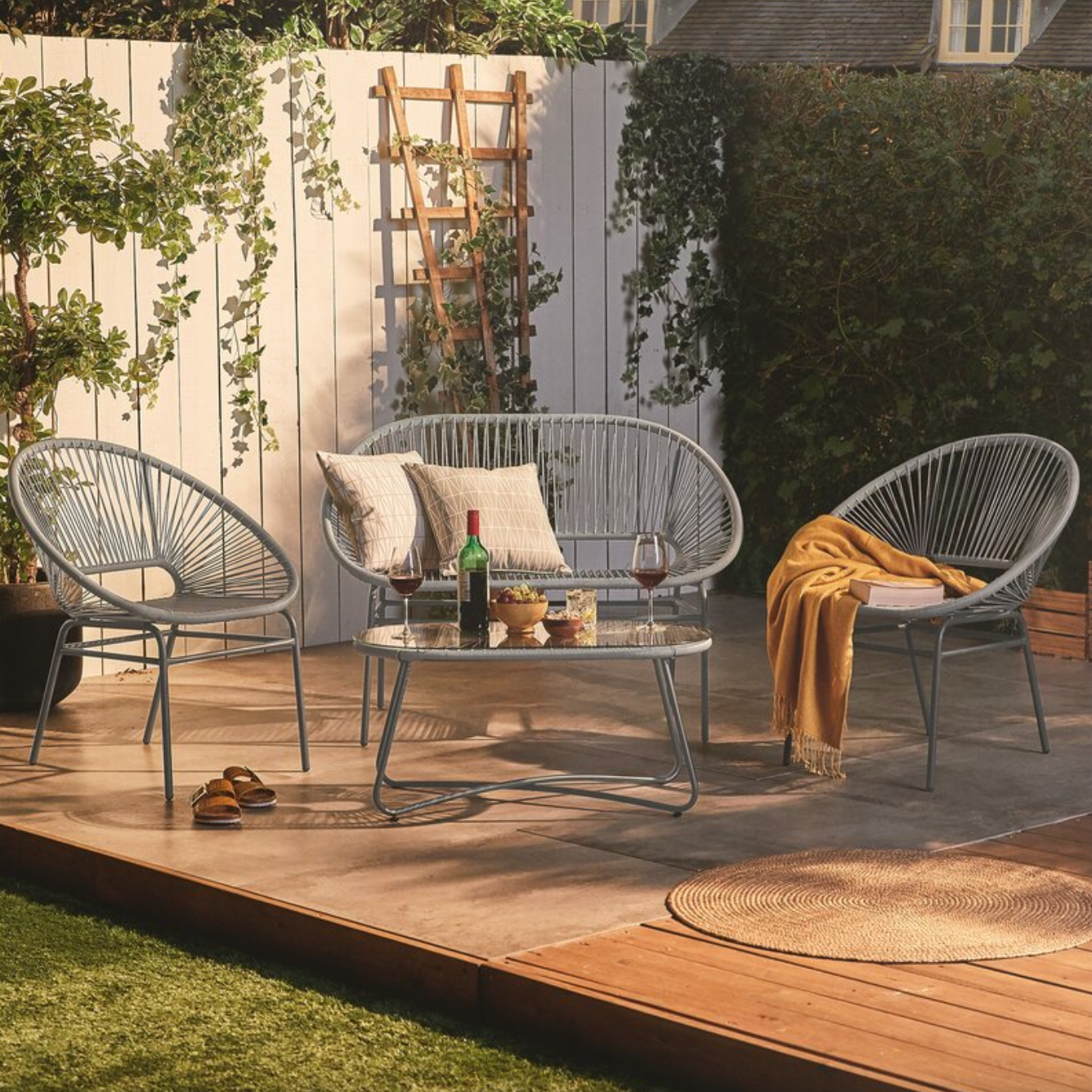10 Ideas To Boost Your Garden’s Wellbeing Potential
There’s no denying it – gardening is good for you. It’s something gardeners have known intuitively for years and now there’s proof. From reducing our stress levels to benefiting from immune-boosting microbes in the soil, scientists are uncovering new evidence all the time that demonstrates the positive impact of spending time in nature on our health and wellbeing.
At this year’s RHS Hampton Court Palace Garden Festival (formerly Hampton Court Flower Show) many of the gardens were focused on ways to boost our mental and physical health while we’re outdoors.
The Vitamin G Garden was inspired by a major piece of RHS research published in April last year that proves the benefits of gardening, and the design includes interconnecting areas for contemplation, relaxation and restoration. Or you could wander through the RHS Forest Bathing Garden to soak up the smells, textures and colours of a woodland glade.
Themes of grief, loss, loneliness and illness were explored in several Show Gardens, highlighting how they help with recovery and healing. There were glimpses of war torn landscapes in What Does Not Burn by Ukranian designers Victoria and Oleksiy Manoylo in partnership with Carrie Preston. Gardens exploring dementia and isolation showed how we can connect with other people and find peace in green space. While the rooftop design for the John King Brain Tumour Foundation Garden by Rhi Williams is one example of how having a natural outdoor space within a medical setting can help with the physical recovery of patients and the mental wellbeing of staff.
So how can we make peaceful sanctuaries in our own gardens? Gardens are the perfect distraction from our busy lives, and with a few simple design choices, you can create a mindful space to feed your soul.
Taking inspiration from RHS Hampton, here are 10 tips for boosting your garden’s wellbeing potential.
1) Scent
It’s one of our most powerful senses, and if you had any doubt about how a smell can influence your mood, you just had to step into the Rose Tea Garden at Hampton Court. Rose perfume has traditionally been used to calm and lift the spirits and it’s also known to actively reduce stress and lower the heart rate, as well as having anti-depressant properties. It’s always worth including at least one rose, even in the smallest garden – plant near a seat or a door to get that powerful perfume. Try a dramatic deep red classic like ‘Souvenir du Docteur Jamain’.
2) Textures
There’s nothing quite like exploring the sensual textures of different plants as a mindful distraction from our busy lives. In the circular Over the Wall Garden, by Matthew Childs, a collection of airy flowering perennials contrasted beautifully with dark, spiky needles of large and small pine trees. In smaller spaces, you could treat yourself to a bowlful of bright, mossy green Scleranthus biflorus, as planted up by alpines nursery D’Arcy & Everest – it’s a mini hillside in a pot and I can guarantee you won’t want to stop stroking it!
3) Pausing points
Even in the smallest space, you need to be able to stop and look and take in your surroundings. ‘On your journey to a place of peace, quiet and reflection, changing the direction of the paving, by using horizontal lines in different materials, slows your pace as you move through the garden,’ says Emily Grayshaw, one of the trio at Inspired Earth that designed the Lunch Break Garden. It’s a peaceful respite corner that can work in any space. A pause could also be a plant with a strong architectural impact that makes you stop and stare, like the visual full stop of a rounded evergreen, Pittosporum tenuifolium ‘Golf Ball’.
4) Seating
Somewhere to sit and take stock of what needs doing in your garden and in your life is essential. Whether it’s an old-fashioned garden bench, an outdoor bean bag, or a rocking chair – as seen in the Connections garden designed by Ryan McMahon – there are so many different options to choose from. A built-in bench will save space in smaller gardens; for an outdoor living room feel go for one of the rattan-style modular all-weather sofas; or try an uber organic seasonal bamboo wigwam, planted up with climbing beans and a comfy outdoor cushion at the centre to sit on.
5) Seclusion
Use hedges, climbers and small trees to create natural privacy. Classic clipped yew hedging as seen in A Journey, in collaboration with Sue Ryder, makes an elegant boundary for a secret area, or use espaliered trees as high hedges, as seen in Hugh Fearnley-Whittingstall’s River Cottage Market Garden – great for distracting from neighbouring buildings. If you’re surrounded by new fencing, use trellising and wires to green up those panels with climbers. There are lots of great small garden trees to choose from – Sophora japonica ‘Regent’ offers light airy foliage to make a gentle natural screen, or Cercis canadensis ‘Forest Pansy’ with maroon, heart-shaped leaves.
6) Sound
Gentle sounds will add to the feeling of immersion in nature. Hang strings of bells or chimes to catch the breeze or create a simple water feature with gentle trickling, inspired by the vast water bowls by Torc Pots in the RHS Planet Friendly Garden by Mark Gregory. In smaller spaces, try a rain chain to capture the sound of overflowing water from a gutter, with a simple metal chain or a string of metal cups from The Garden Shop on Columbia Road in East London.
7) Sharing space
We’ve never been more aware of our deep human need for social contact and the negative effects of isolation. Gardens were a welcome respite in the global pandemic and socialising outdoors around a table is a wonderful way to connect with family and friends. While we can’t all fit in a large sociable dining area like The SunsLifestyle Outdoor Living Garden, in the Wooden Spoon Garden, designers Toni Bowater and Lucy Welsh used the available space very creatively to include a sunken terrace as a secluded seating area, so you are totally immersed in the garden.
8) A sense of journey
Keep people guessing what’s around the corner and create the illusion of a bigger space by leading the eye through your garden with meandering pathways. The brick pavers in the Connections garden took visitors through wild meadow-style planting into a hidden space of relaxation and serenity. Katherine Holland quite literally took you on A Journey through the Sue Ryder garden, emphasising your route along the gravel path with upright oak posts. Over at the allotments in the Cultivate Regeneration Plot II, the elevated zig-zag plank pathway is an idea to steal for a journey through the smallest of spaces.
9) Grow your own food
Whether it’s a single pot of purple kale to grow as a smoothie ingredient, a tubful of mint for fresh tea or cocktails, or a full scale veg patch, growing some of your own food will definitely make you feel good. You will know where it’s come from, you can be sure it’s chemical-free and if you do end up with a glut of tomatoes or courgettes, it’s great to be able to share your homegrown produce. The River Cottage Market Garden had plenty of food-growing inspiration and the RHS allotment plots showed how much you can squeeze into a small growing space.
10) Plant for wildlife
Plant pollinator-friendly flowers to bring in the birds and bees. Designer of the Joy Club Garden, Zavier Kwek, suggests creating ‘somewhere with a nice view surrounded by uplifting pollinator-friendly planting. Seeing bees and butterflies buzzing around is definitely a good tonic for body and mind’. See the RHS’ guide to Plants for Pollinators for a huge choice that will also bring colour and texture, whether it’s flatheaded achilleas, millet grasses, tufty bergamot or clouds of Ammi majus.
Follow House Beautiful on Instagram.
This content is created and maintained by a third party, and imported onto this page to help users provide their email addresses. You may be able to find more information about this and similar content at piano.io



